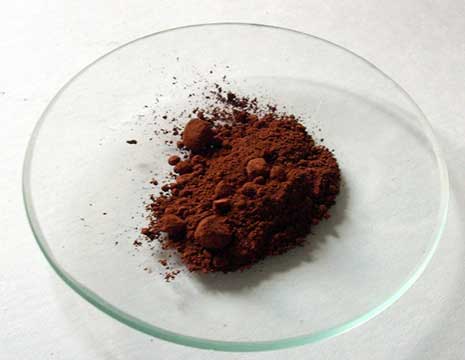For the first time, plasmonic devices will be able to efficiently measure wavelengths in the MWIR (or mid wave infrared) range, thanks to a research team at NC State University. This is a huge step in thermal imaging technology, as this material can potentially be used in bio-medical devices, solar energy applications & even in high speed computers. This magic material, dubbed “dysprosium doped cadmium oxide,” is created by using the very rare element dysprosium and adding it to cadmium oxide. The process creates “free electrons” and also increases the electrons mobility, allowing MWIR light to effectively stimulate & oscillate electrons; a phenomenon called, “surface plasmon resonance.”
Surface plasmon resonance happens when the interface between a conducting and an insulating material is illuminated. And if the angle, polarization, and wavelength are at the right point, electrons begin to oscillate, creating an electric field that extends to the insulator. The wavelength of light that causes these oscillations depends on the nature of the conductive material, hence you have materials like metal that have a high density of electrons which respond to SWIR (or short wave infrared), and lower density materials like semiconductors that respond to LWIR (or long wave infrared). Surface plasmon resonance has now opened the door to a more accurate means of measuring MWIR, a once difficult task for researchers.
According to Dr. Jon-Paul Maria, a professor at NC State, there’s a great need to identify materials that exhibit this phenomenon when exposed to MWIR light. “First, it could make solar harvesting technology more efficient by taking advantage of the mid-IR wavelengths of light – that light wouldn’t be wasted. Second, it would allow us to develop more sophisticated molecular sensing technology for use in biomedical applications. And third, it would allow us to develop faster, more efficient opto-electronic devices.” He went on to say, “Usually when you dope a material, electron mobility goes down. But in this case we found the opposite – more dysprosium doping increases this critical characteristic. In technical terms, our experiments revealed that Dy-doping reduces the number of oxygen vacancies in a CdO crystal. Oxygen vacancies, which correspond to locations where oxygen atoms are missing, are strong electron scatterers and interfere with electron motion. In the most basic terms, by removing these defects, electrons scatter less and become more mobile.”
Read more about the MWIR Research
The NC State research paper regarding the MWIR research, called, “Dysprosium doped cadmium oxide: A gateway material for mid-infrared plasmonics,” was published online 2/16/15 on the website, “Nature Materials” and was lead-authored by Edward Sachet, a Ph.D. student at NC State. Co-authors include Christopher Shelton, Joshua Harris, Benjamin Gaddy, and Drs. Doug Irving and Stefan Franzen of NC State; Dr. Stefano Curtarolo of Duke University; Brian Donovan and Dr. Patrick Hopkins of the University of Virginia; and Drs. Peter Sharma, Ana Lima Sharma, and Jon Ihlefeld of Sandia National Laboratories. The research was supported by grants from the National Science Foundation, the Air Force Office of Scientific Research and the Office of Naval Research.

